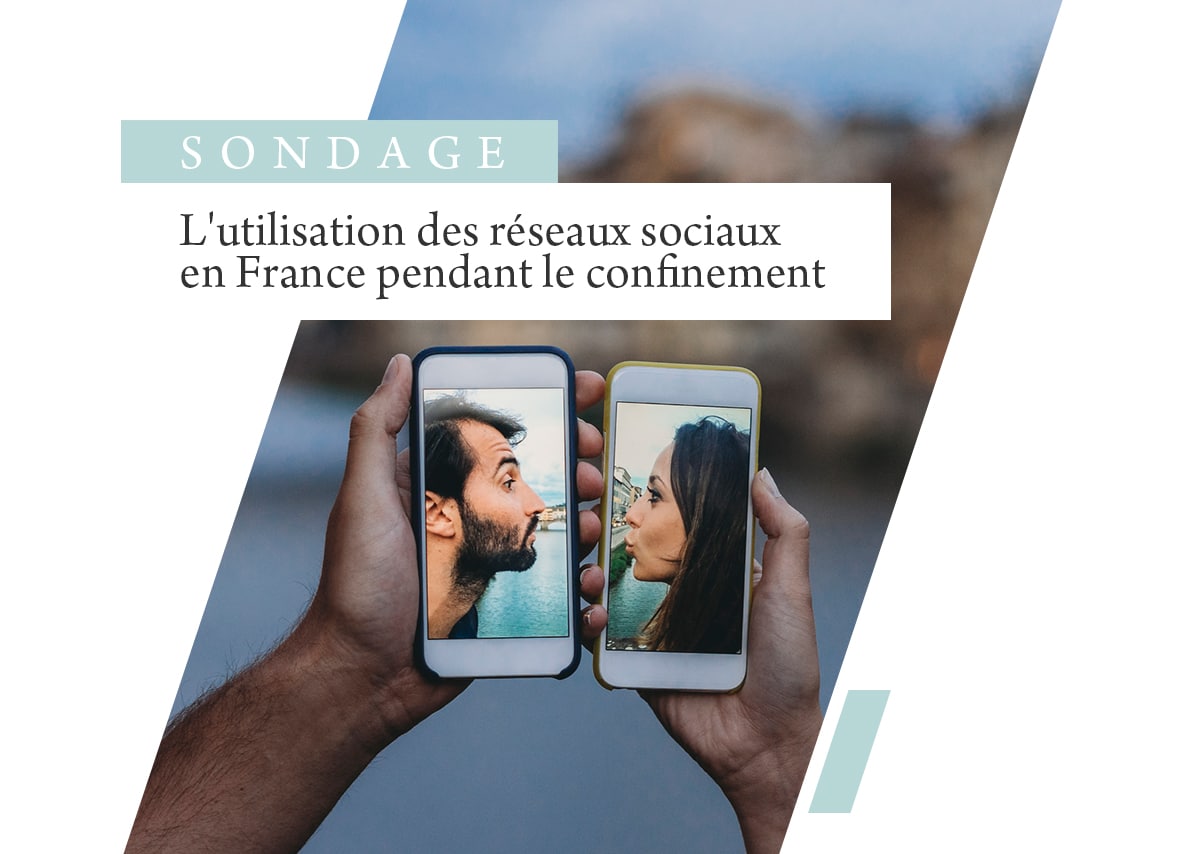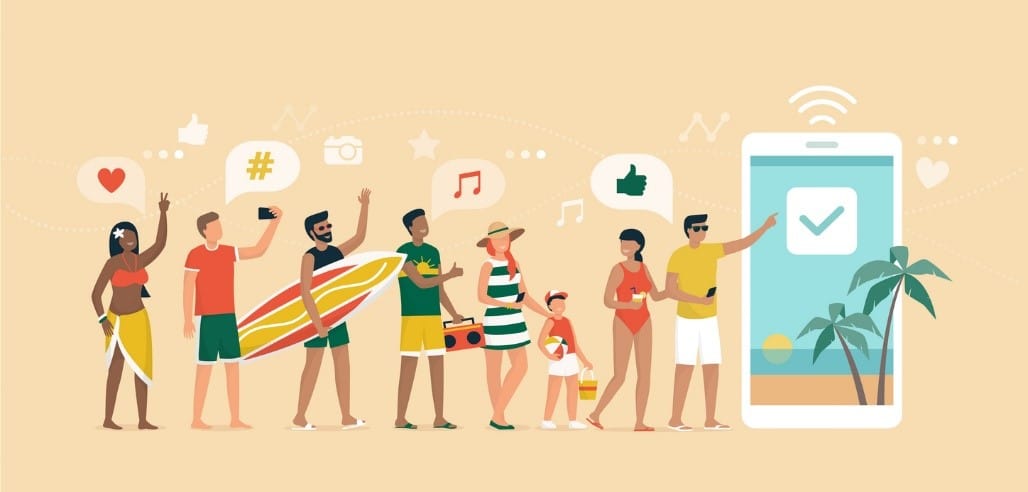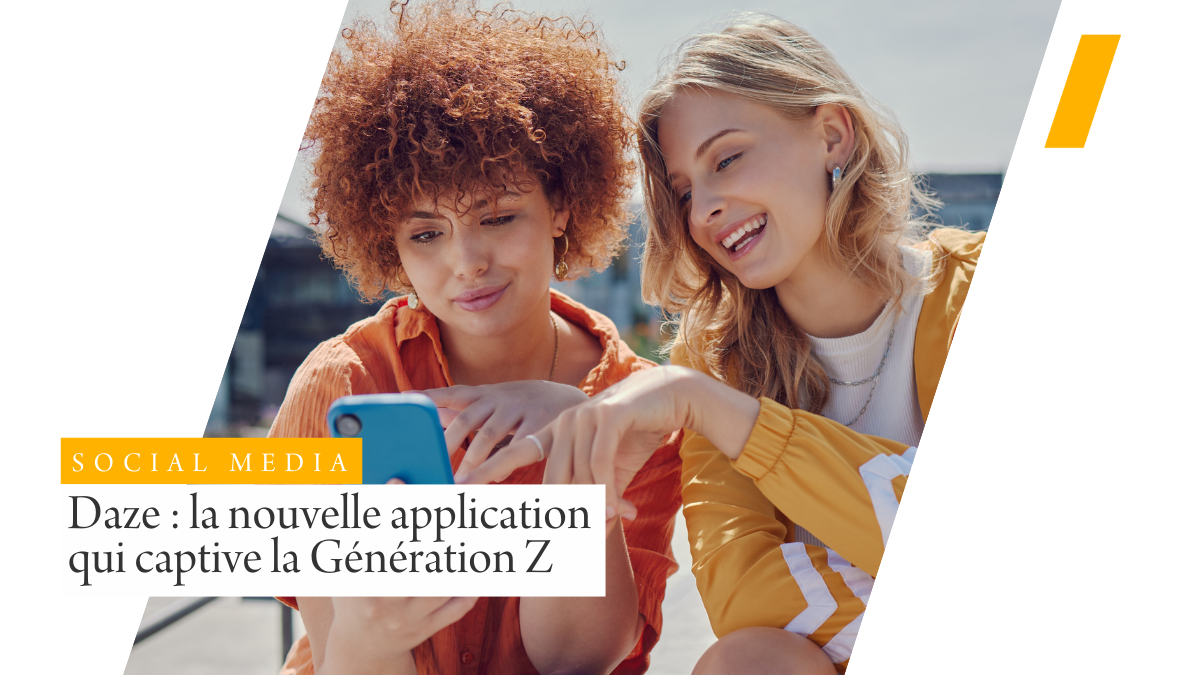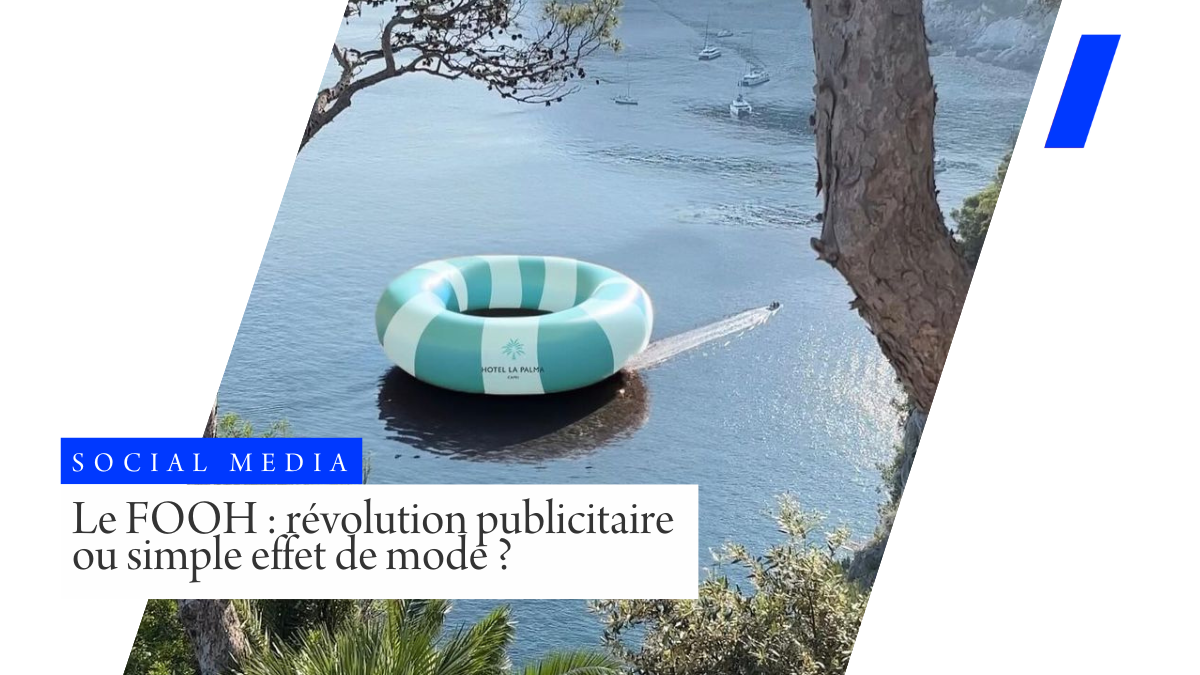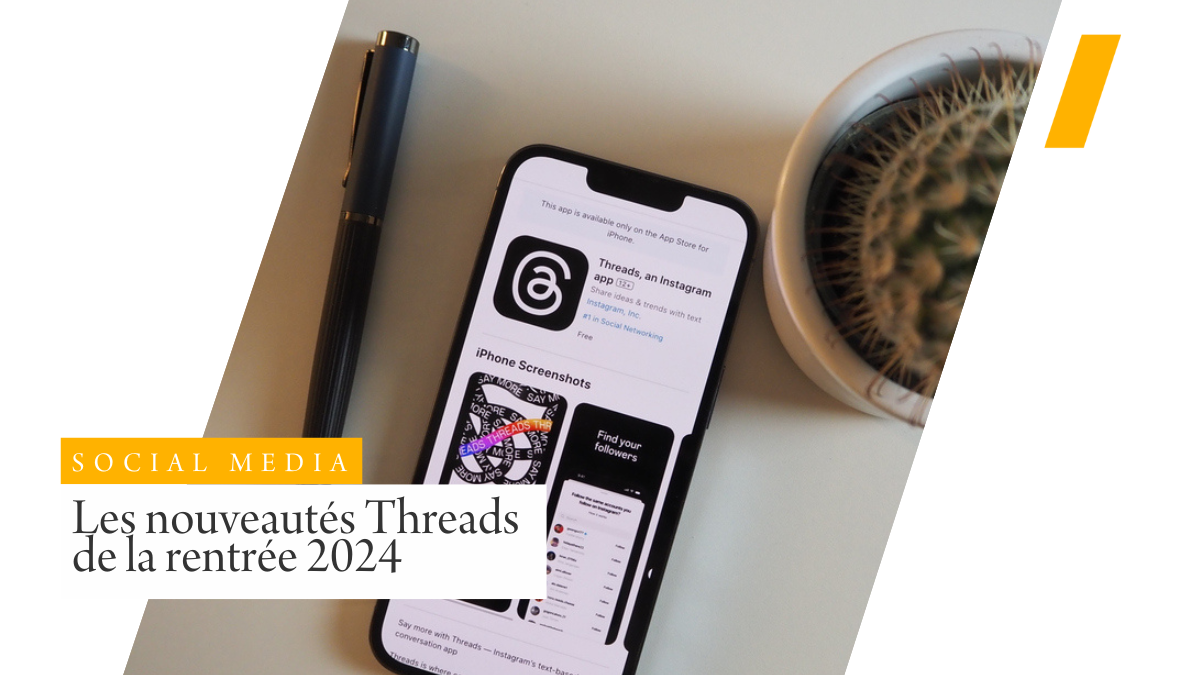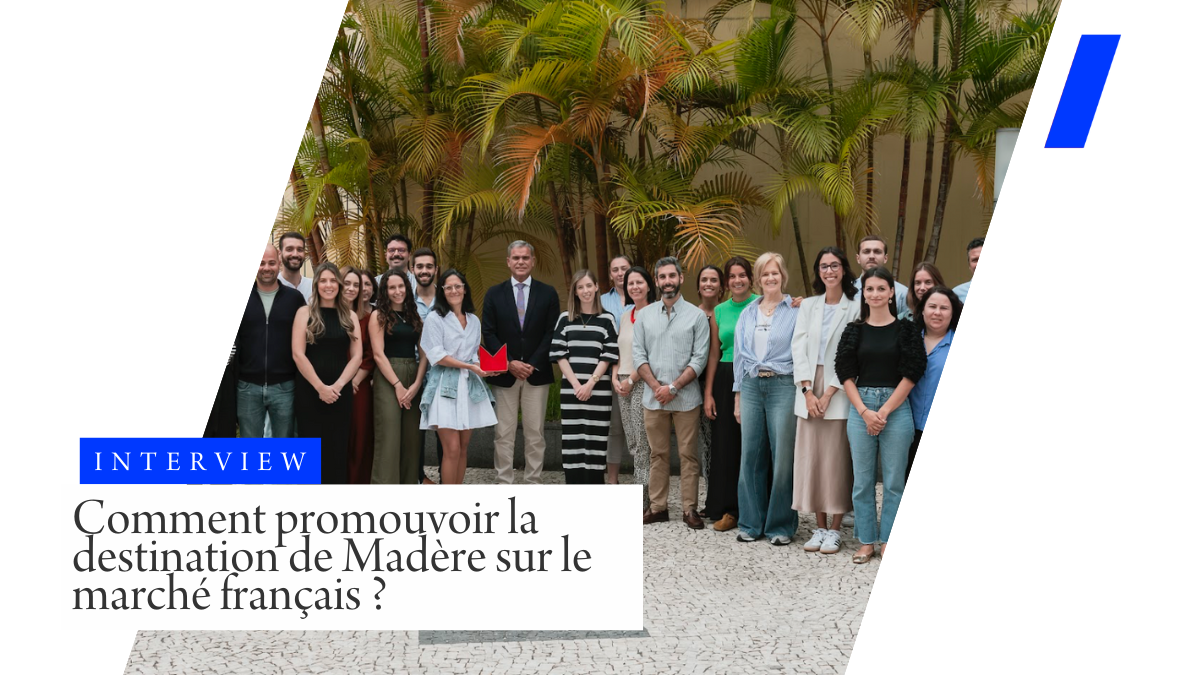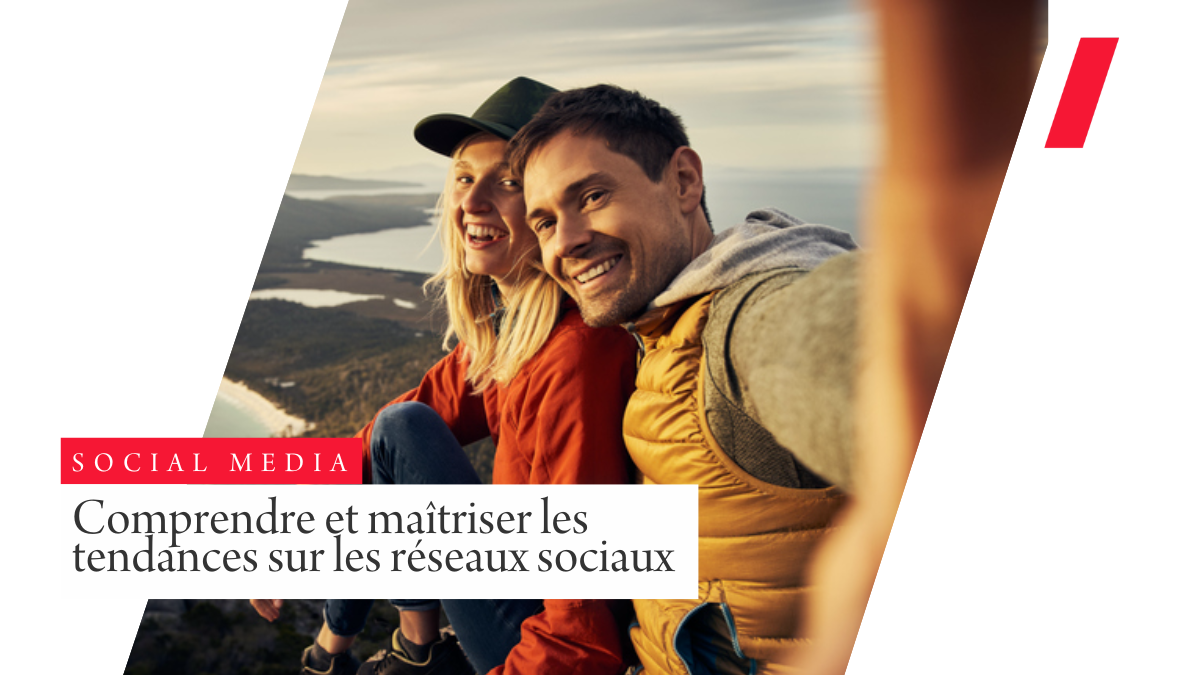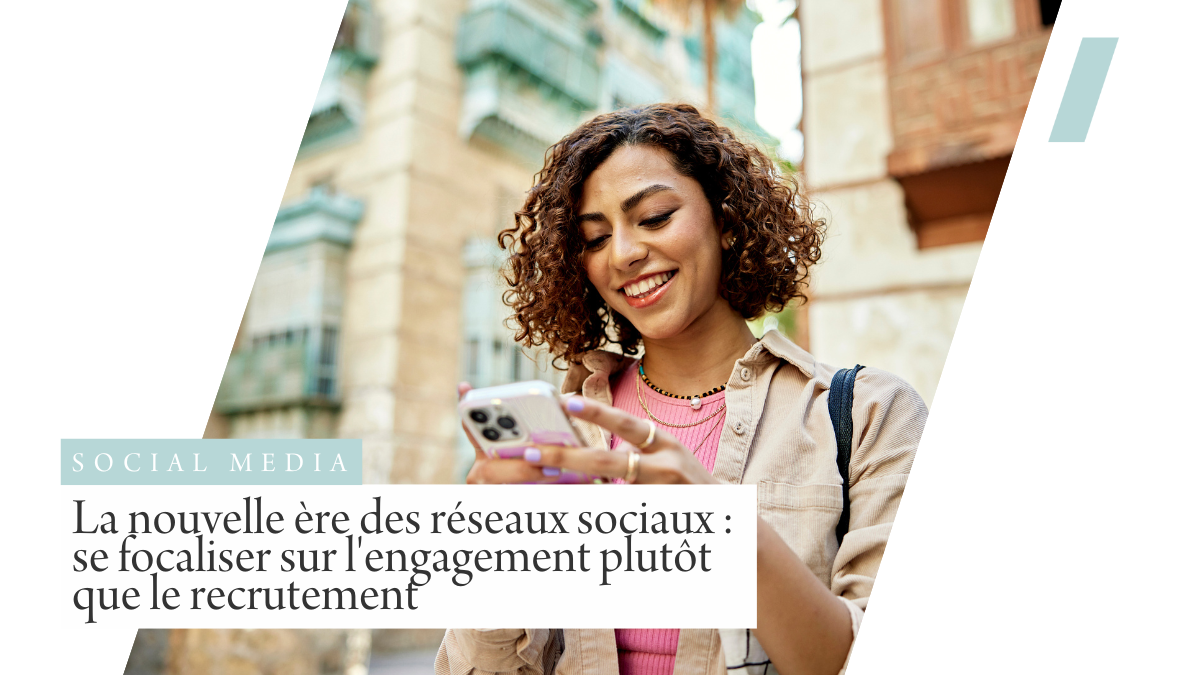The Covid-19 crisis has called into question many fields, including tourism.
As a communications agency specializing in digital solutions for the tourism industry, we are in a position to question the role played by social networks during this period of confinement.
We therefore conducted a survey of a panel of 600 travel professionals and travelers, or would-be travelers, to analyze the use of social networks by the French during this particular period.
The aim of this study was to demonstrate, or not, the importance of these communication channels in the decision-making process, and finally to evaluate their post-Covid evolution, with a view to drawing conclusions for future social media strategies.
To make it easier to distinguish between tourism professionals and travelers or would-be travelers, we’ll use the terms tourism professionals and travelers to define them.
The last few years have seen the meteoric rise of social networks, and the period of confinement caused by the Covid-19 crisis has helped to consolidate their popularity.
In fact, no less than 86% of those surveyed felt that social networks enabled them to keep in touch with their loved ones during the period of confinement.
Their use in keeping in touch is almost equivalent to that of telephone calls, a historic communication tool.
This clearly demonstrates the predominant role that social networks now play in our society.
Using social networks to stay in touch during confinement
63% of respondents answered that they had used social networks more during the lockdown, and those that stand out the most are WhatsApp at 38%, Instagram at 29% and Facebook at 25%.
This data confirms the WhatsApp article we published a few weeks ago, in which we explained the resurgence of this instant messenger during confinement, and the benefits of adopting it in your digital strategies as a customer relations tool in the tourism sector.
As for frequency of use, 74% of respondents admit to using social networks on average between 1 and 5 hours a day, and 85% of them from their mobiles.
This information is not insignificant, and proves that it’s essential to adapt your digital communication media to mobile and responsive formats, in order to enhance the user experience.
In addition to WhatsApp, which was the most popular social network used during the lockdown, Tik Tok also managed to do well.
Of the 122 people who used a new social network during this period, 66% said they had discovered Tik Tok.
This information corroborates the analysis we made here.
Let’s take a look at the social networks preferred by the French.
As far as tourism professionals are concerned, their favorite social networks are Facebook, Instagram and WhatsApp, almost equally divided (around 30% each).
Facebook appears to be just as important as Instagram, making it an indispensable communication medium in the tourism sector.
When it comes to the preferred social networks of travelers, who are predominantly younger, Instagram leads the way at 40%, followed by WhatsApp at 31% then comes Facebook 19%.
Unsurprisingly, Linkedin occupies a more important place in the affections of tourism professionals (4%) than travelers (1%).
This study proves the importance of adapting your digital communication to your target audience (age and status), and of defining the right medium to achieve optimum results.
It also confirms the fact that it’s not appropriate to deploy a single strategy across all your social networks.
Each network needs to be carefully thought through, and different people communicate in different ways.
This also applies to the type of content to be offered.
It emerges that the most inspiring for tourism professionals are mainly publications and photos, while videos seem to inspire and make travelers dream more.
While influencers are very popular on social networks, 15% of respondents admit to having discovered new influencers during the containment period.
Among the most talked-about influencers were Bruno Maltor, Sissy Mua and Laury Thilleman.
Influencers were very much in evidence during this period, some redoubling their creativity, and increasingly indulging in the Live format.
Containment saw an increase in the number of Lives, particularly on Instagram: sports/yoga classes, cooking recipes, aperitifs, product presentations, etc. 57% of those surveyed said they had attended Lives, a format that 55% of them preferred to IGTVs.
The advantage of Live is to experience a live moment with your favorite brand or influencer.
As you know, video applications were a big hit during the containment period, especially during the famous aperos/visio 😊And contrary to what you might think, the legendary Skype was overtaken by the winning trio WhatsApp (28%), Zoom (22%) and Facetime (17%).
In fact, 84% of you believe that Skype has been dethroned by other video tools and no longer has a monopoly.
It should be noted that some social networks, such as WhatsApp, have revised and adapted their offer to meet the high demand for video during confinement, and now offer the possibility of calling 7 people simultaneously.
The role of social networks in tourism
Although so far there hasn’t been much difference between the responses of tourism professionals and those of travelers, they do appear clearer in the questions concerning the use of social networks.
When it comes to travel research on social networks, we can see that travelers place as much importance on inspiration (34%) as on finding good deals (31%).
This is an important point to underline, as it shows the importance of varying social media content between offers and escapes in order to meet travelers’ needs.
Unsurprisingly, the majority of tourism professionals (42%) are looking for inspiration.
So, as professionals in the tourism and digital sectors, we’re led to wonder whether social networks have a role to play in the process of buying or booking travel, tourist activities, etc. It turns out that they do.
It turns out that this is indeed the case.
36% of respondents admit to having already bought a trip / booked a hotel or tourist activity following a publication seen on social networks.
Hence the importance for a tourism brand or destination to be present and active on social networks.
But not just any social network!
As we saw above, you need to be able to offer the right content, on the social networks best suited to your target audience.
Post-confinement use of social networks
Following deconfinement, life gradually returns to normal, and it’s once again possible to see loved ones, subject to sanitary measures of course 😊 We might therefore think that people are losing interest in social networks in favor of a “real” social life.
However, the study shows that people have taken a liking to using social networks more, and 87% of those surveyed intend to keep up these habits to keep in touch with their loved ones.
77% also use social networks for personal entertainment since deconfinement.
We can therefore affirm that social networks, even more than before, are an integral part of our lives.
With 1 month to go before deconfliction, we’re also in a position to wonder how the French are feeling about the trip.
This study shows that the Covid-19 crisis does not seem to have demotivated people to travel.
Indeed, 42% of travelers and tourism professionals alike answered “no” to the question ” Do you think the Covid-19 crisis will have an impact on the way you travel? ” .
There is, however, a difference in the way respondents plan their next trip.
In all cases, traveling in a local area is a given, at 19% for tourism professionals and 31% for travelers.
We note that tourism professionals are more open to finding alternatives to satisfy their passion for travel, and they are more interested in authentic, environmentally-friendly trips.
We believe that this need to get back to basics off the beaten track was already present, but that it has surely been accentuated by the Covid-19 crisis.
Indeed, the taste for travel is what would most encourage tourism professionals to travel again (47%), whereas for travellers, what matters are reports or advice from friends and family that could (re)inspire them to travel.
Depending on who you’re talking to, the focus of your communication will therefore vary: you’ll need to reassure travellers more, for example, about compliance with health measures, and make tourism professionals dream more by communicating about responsible and authentic destinations/activities.
We’ve come away from this survey optimistic.
The way people approach travel may be a little different from now on, but the Covid-19 crisis hasn’t dampened French people’s desire to travel.
They’ll be focusing mainly on France this summer, or on travel via a more responsible, less mass-tourism approach, but they’re not closed to travel.
It’s up to us, as tourism professionals, to reassure them and make them want to go again, as soon as everything is possible again.
We were able to confirm that social networks remain a favored communication medium that has become even more established during and after the confinement.
Some, such as WhatsApp, Instagram and Tik Tok, have clearly stood out and reinvented themselves during this difficult period, and represent great communication opportunities that may be relevant to integrate into future digital communication strategies.
 Many thanks to everyone who took the time to answer our questions.
Many thanks to everyone who took the time to answer our questions.
